The Risk of Rabies is Real: Here’s What Travellers Need to Know
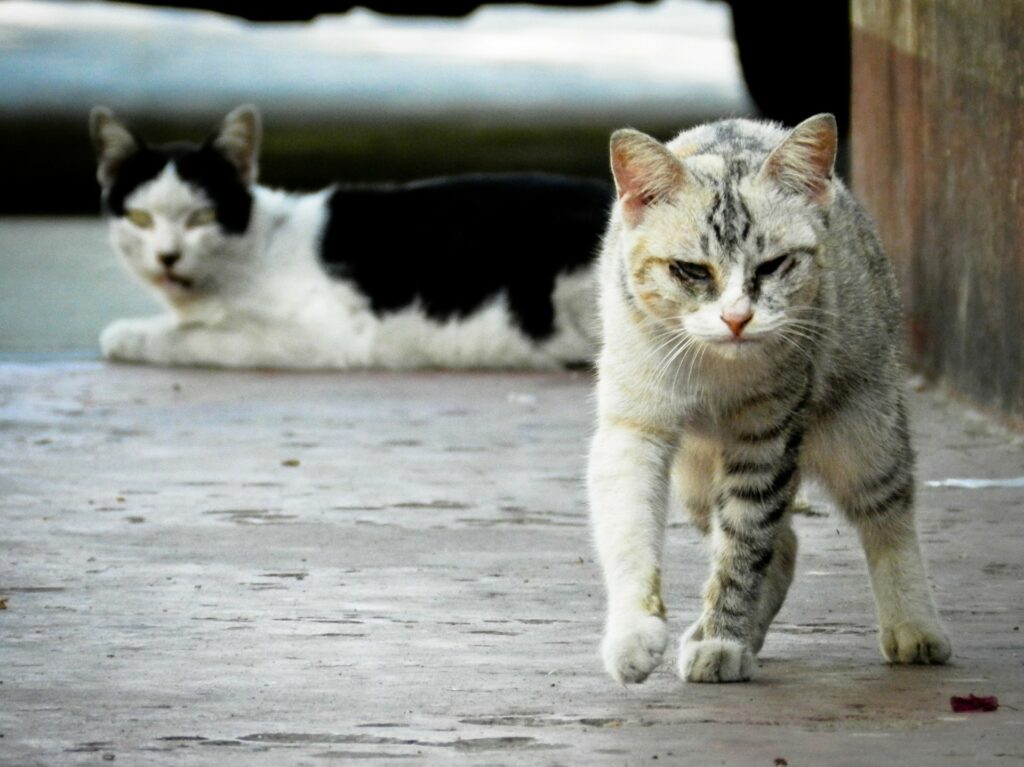
Little did I know when I relocated to the Philippines and agreed to look after a friend’s cat for a week that I was signing up for a too-close-for-comfort insight into the Filipino rabies problem.
While rabies occurs in more than 150 countries and territories and causes around 59,000 deaths worldwide each year, many travellers don’t fully understand the risks. A common mindset is believing that cute animals that “don’t look sick” couldn’t pose a threat. A 2018 study found that, while many have heard of rabies, travellers had a low awareness of the risks associated with this life-threatening illness.
So, what is rabies, how can you prevent it, and what should you do if you think you’ve been exposed?
Rabies Infection
Rabies is a viral infection which affects the nervous system and causes swelling in the brain and spinal cord. It can be spread to humans through contact with the saliva of an infected animal. This can be caused by a bite or scratch from an animal with rabies, as well as if the animal licks an open wound, broken skin, or the eyes, nose or mouth. The majority (99 percent) of human cases are caused by transmission from dogs but other warm-blooded mammals such as cats, bats, and monkeys can also carry the virus. Even domestic animals, if they’re unvaccinated, can carry a risk. And, yes, that also includes the cute ones.
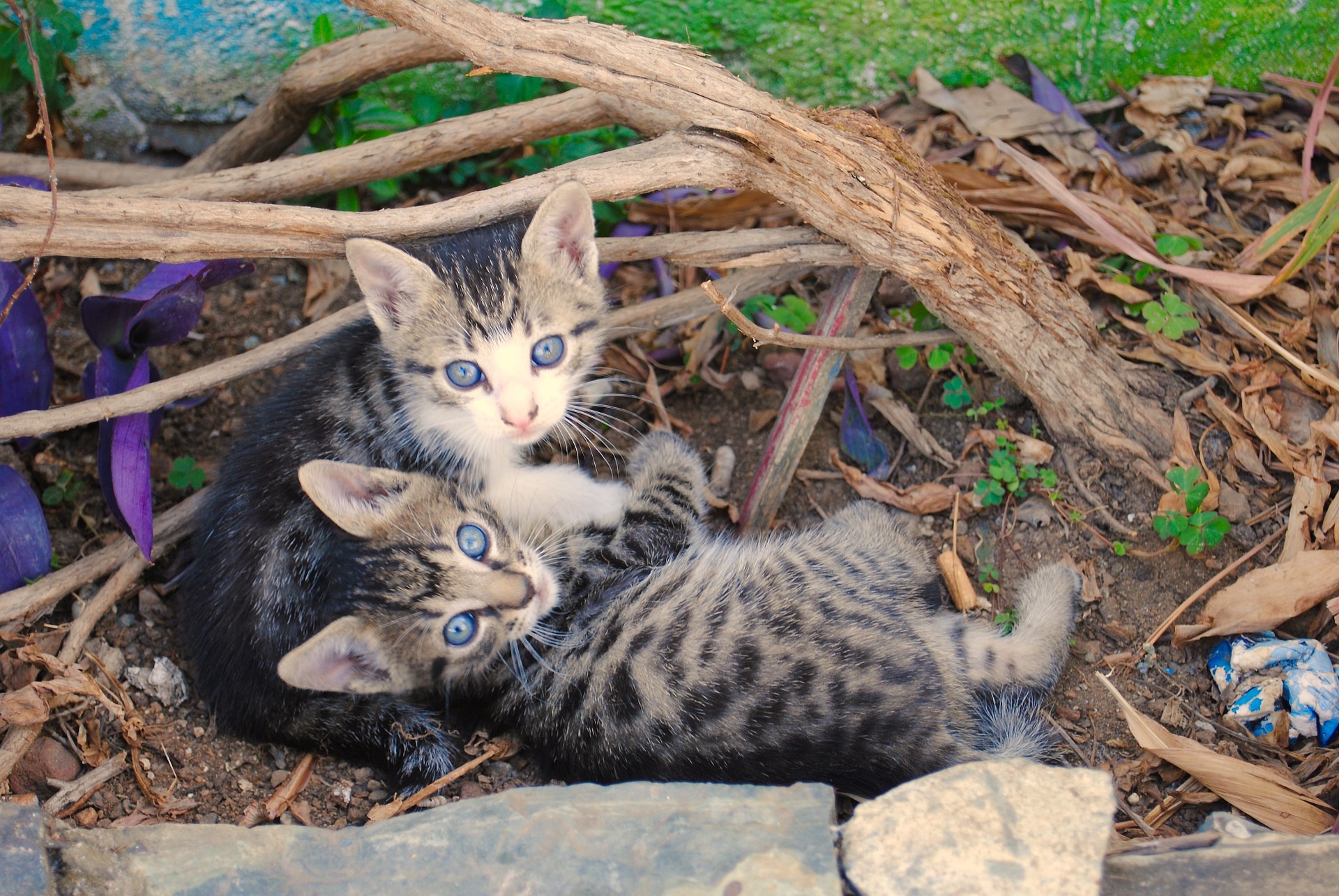
But what are the risks of actually catching rabies? “It’ll never happen to me”, right? Hopefully not, but instances of exposure are much higher than you might expect. According to the World Health Organisation (WHO), rabies is present on every continent except Antarctica and 29 million people globally receive a post-bite vaccination each year. Tens of thousands of people die from rabies annually – largely in poor and rural populations – and it’s likely many more rabies deaths go unreported.
Symptoms of Rabies
Initial symptoms of rabies – which can develop anytime from one week to one year after exposure to the virus – include weakness, headaches, fever, anxiety, and pain or tingling of the wound site. As the disease progresses, the patient might also experience hallucinations, respiratory failure, muscle spasms, convulsions and a fear of water (hydrophobia). While pre-exposure immunization and post-exposure vaccines are available, once symptoms appear, it is too late to seek treatment and, at this point, rabies is almost always fatal. So, put simply, it’s just not worth the risk.
Encounter with Rabies
In May 2019, a 24-year old Norwegian died from rabies after rescuing a stray puppy while on vacation in the Philippines. After being bitten by the puppy while playing with it, she reportedly sterilized the small scratches but did not seek any further medical treatment. When she returned to Norway, she became ill and died. This particular incident highlighted that while many people imagine a rabid animal to look unwell and behave erratically, you really can’t tell – even a cute puppy could be infected with rabies. If you don’t know the animal, it’s best to steer well clear.
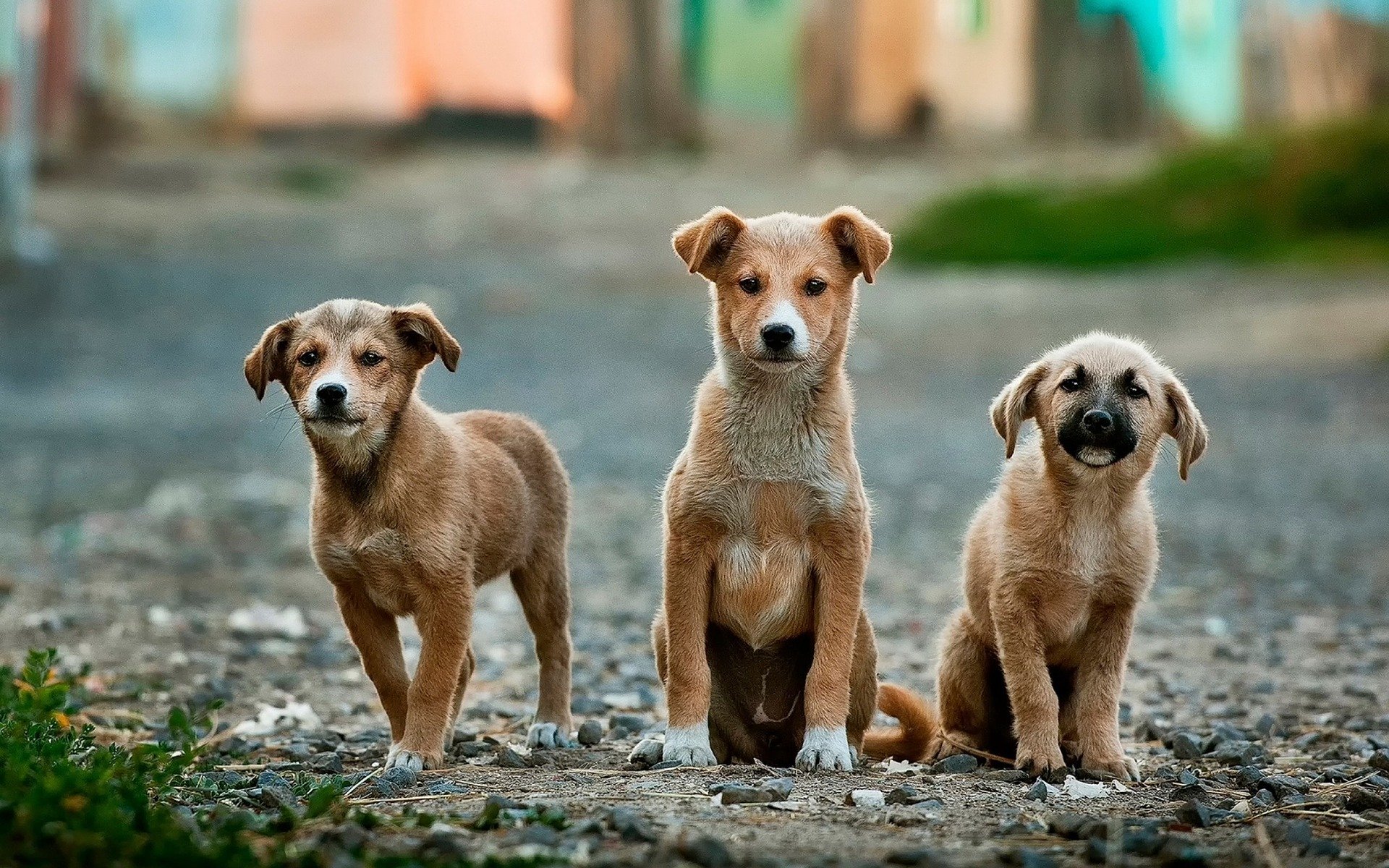
It was around the same time I was exposed to potential rabies, also in the Philippines. A friend’s cat – which had been recently been attacked by a stray and which had not yet had its rabies vaccine due to a viral infection – went for my ankles, biting and scratching. It wasn’t a deep wound, but enough to draw blood. Her recent encounter with the stray, her lack of vaccination and her slightly erratic behaviour since the incident with the other cat were all causes for concern, even though she looked healthy enough. I washed out the wound and immediately hitched a trike (the local form of public transport) to the hospital. Thankfully for me, the provincial hospital was just a 15-minute drive away and had plentiful supplies of the post-exposure treatment that day.
So if you think, as I did, you might have been exposed to the rabies virus, what should you do?
If you’re in a high-risk area and have been bitten or scratched (or an animal has licked broken skin or your eyes, nose or mouth), it’s best to assume you’ve been exposed and act immediately. It’s important to act quickly; immediate and effective treatment can prevent the onset of symptoms. Remember, once symptoms appear, there’s nothing that can be done.
Step One
Firstly, the WHO advises you to wash the wound immediately and extensively after contact with a suspected rabid animal. Make sure you wash off the saliva thoroughly with soap and water, iodine solution, or alcohol and flush the wound with clean, running water for at least 15 minutes. Don’t underestimate this step – it can save lives.
Step Two
Once you’ve done this, cover the wound and seek medical treatment straight away. Even if you’re not in a remote area and there is a hospital nearby, the rabies treatment can be expensive and is often in short supply so you might need to travel further afield (possibly even to another country) to access it.
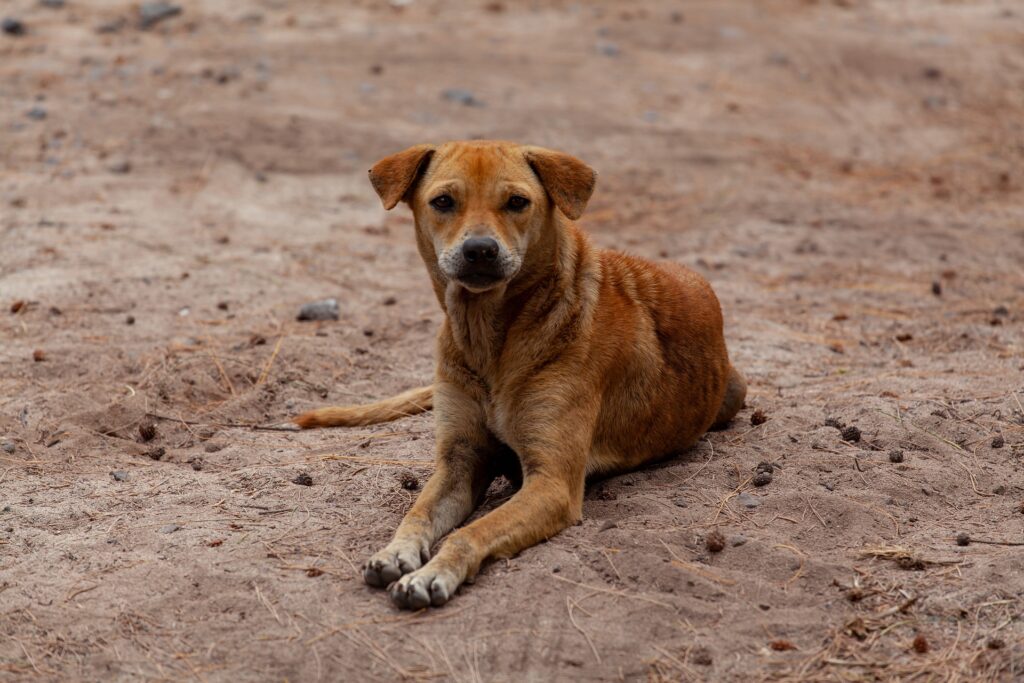
Step Three
If you’ve had a course of preventative rabies jabs (three doses of vaccine over the course of one month, which help you develop some antibodies to fight the virus), you will still require post-exposure treatment.
Those who have had pre-exposure vaccination usually need two doses of post-exposure treatment; for those who haven’t, it’s four to five doses on set days over one month, which can be logistically difficult – not to mention stressful – if you’re travelling around.
Bear in mind you might also need a tetanus shot and, if possible, the animal you suspect of carrying the virus should be taken to the vet for quarantine and observation.
Looking Ahead
The rabies problem is still prevalent around the world but progress is being made. The disease can be prevented by vaccines, along with the widespread vaccination of dogs, public awareness campaigns, prevention of dog bites, and the increased availability of post-exposure prophylaxis (PEP).
As a result of these types of interventions, countries in the WHO Region of the Americas have reduced the incidence of rabies by over 95 percent in humans and 98 percent in dogs since 1983. WHO has also spearheaded “United Against Rabies” since 2015: a collective that aims to reduce human rabies deaths to zero by 2030.
Until the disease can be eliminated worldwide, the risk for travellers is very real. Be aware, keep your distance from animals you don’t know (no matter how cute they look!) and, in case of potential exposure, find the nearest hospital for treatment as soon as you can.
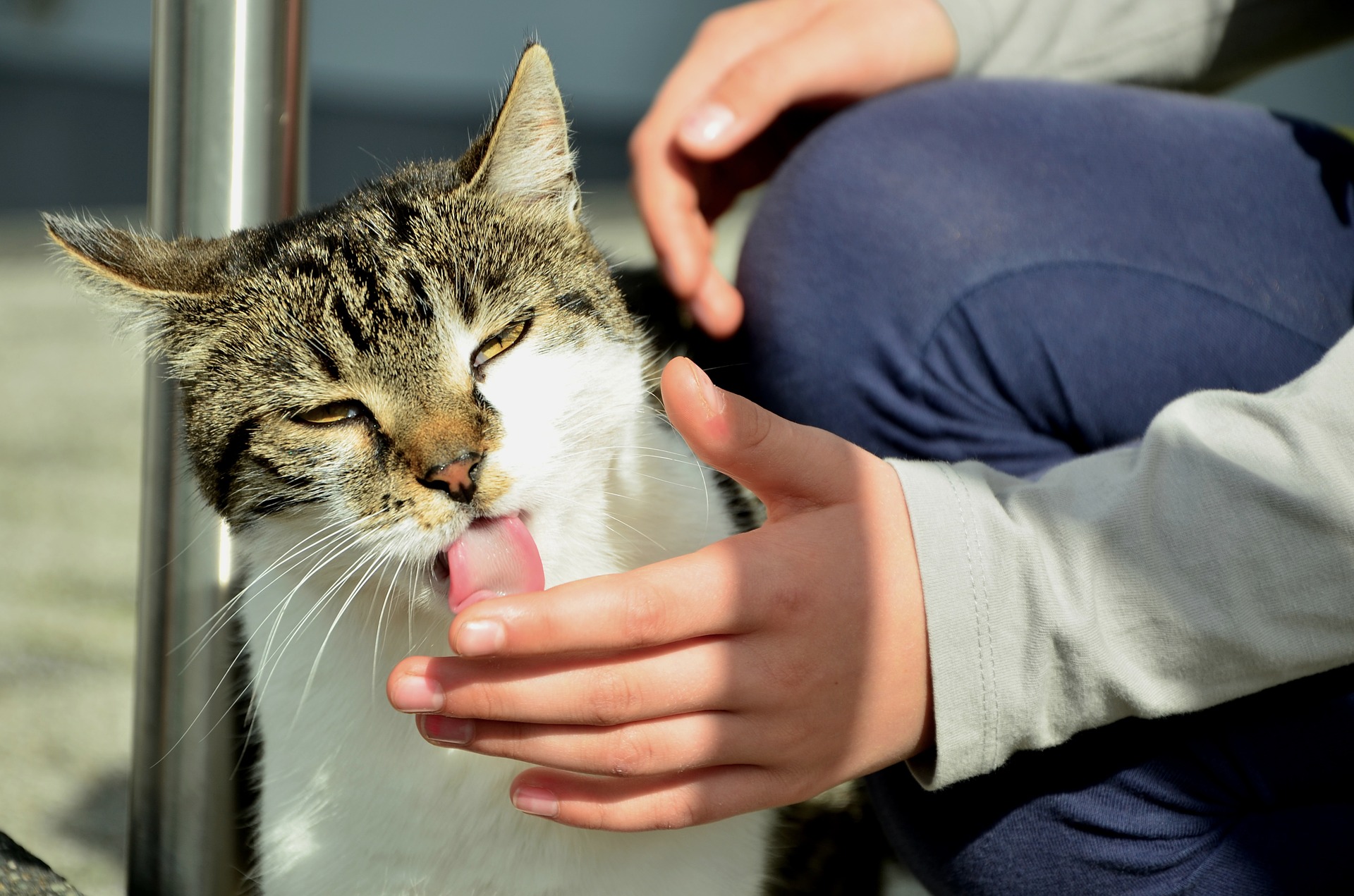
Book Your Travel to ANY Destination
Use the interactive map below to search, compare and book hotels & rentals at the best prices that are sourced from a variety of platforms including Booking.com, Hotels.com, Expedia, Vrbo, and more. Search for ANY destination by clicking in the upper left corner of this map. You can also use the filter to fine-tune your search, and find restaurants, attractions, and more!

Melissa Hobson is a freelance travel journalist based in Tofo Beach, Mozambique. She specializes in scuba, marine and eco-travel stories and has been published by the likes of Lonely Planet, MTV, DIVER, Family Traveller, Good Housekeeping and more. For more information see www.melissahobson.co.uk.